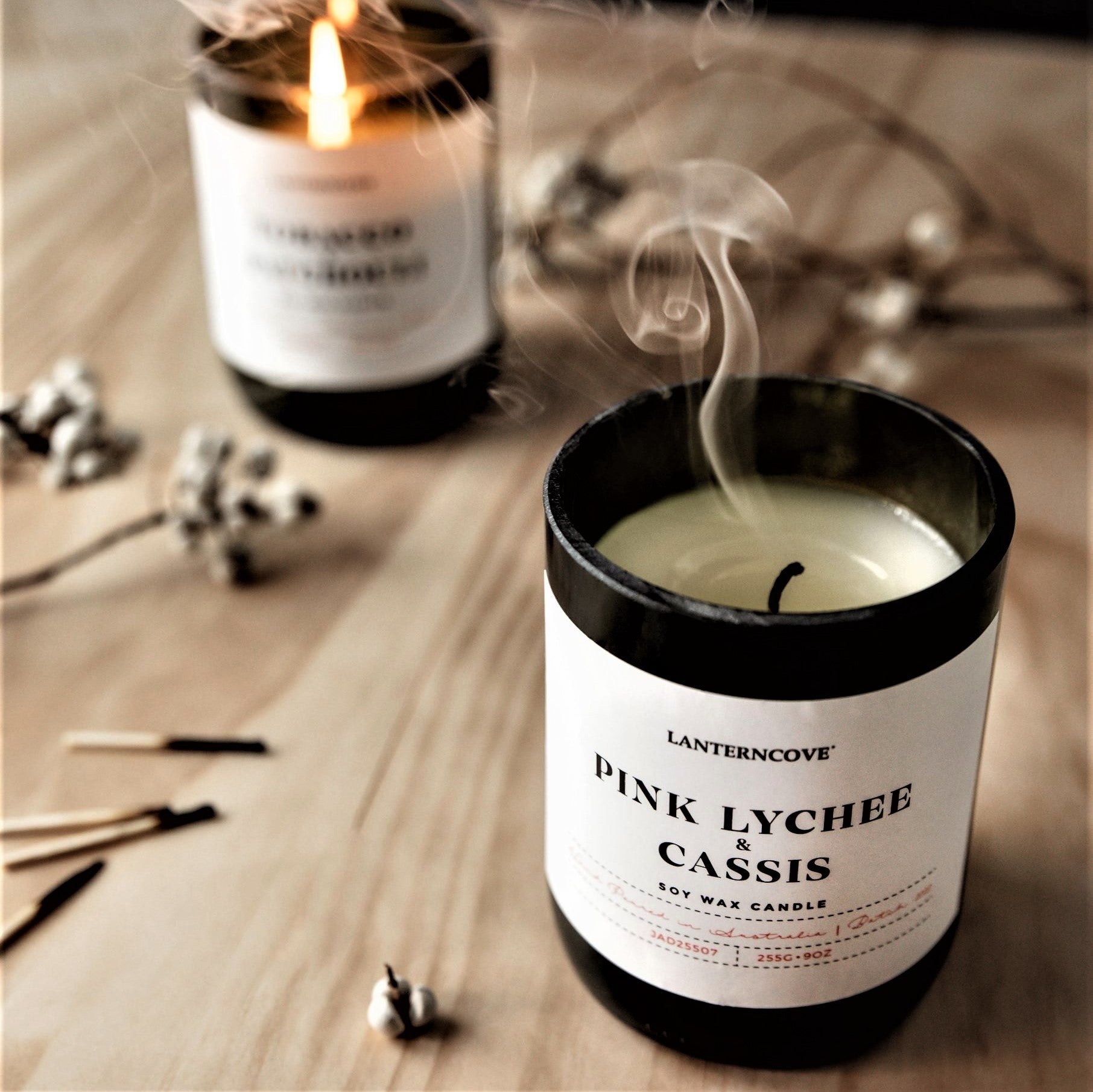Encounter the Serenity of Crystal Soy Candles and Home Fragrance
Encounter the Serenity of Crystal Soy Candles and Home Fragrance
Blog Article
From Wick to Wax: Understanding the Chemistry Behind Soy Wax Candles and Their Environmental Influence
As we brighten our areas with the cozy glow of candle lights, there lies a world of complex chemistry behind the apparently basic act of lighting a soy wax candle. Join us as we decipher the clinical complexities behind soy wax candle lights and explore their implications on our environment.
Soy Wax Vs. Paraffin Wax
When comparing soy wax and paraffin wax for candle light making, it is important to understand the distinctive attributes and benefits of each product. Soy wax is a natural, renewable energy stemmed from soybean oil, making it eco-friendly and biodegradable - candles. On the other hand, paraffin wax is a by-product of oil refining, which elevates problems about its environmental impact and sustainability
Soy wax candle lights burn cleaner and discharge less soot compared to paraffin wax candle lights, making them a much healthier option for indoor air high quality. Furthermore, soy wax has a lower melting point, enabling for a longer-lasting candle that disperses scent more successfully. Paraffin wax, on the various other hand, has a tendency to burn faster and less cleanly, possibly launching harmful chemicals into the air.
From a sustainability viewpoint, soy wax is preferred for its biodegradability and sustainable sourcing, lining up with the expanding consumer preference for environmentally conscious items. While paraffin wax has actually been a conventional option in candle making as a result of its affordability and convenience of usage, the change towards eco-friendly alternatives like soy wax is gaining momentum in the market.
Chemical Composition of Soy Wax

Burning Process in Soy Candles
The chemical composition of soy wax directly influences the combustion process in soy candles, affecting elements such as burn time, fragrance release, and ecological effect. When a soy candle is lit, the heat from the flame melts the wax near the wick. This liquid wax is then created the wick as a result of capillary action. As the liquid wax reaches the fire, it vaporizes and undertakes burning. The combustion procedure entails the vaporized hydrocarbons in the wax reacting with oxygen in the air to produce warmth, light, water vapor, and co2.
The combustion efficiency of soy candle lights is affected by the pureness of the soy wax and the quality of the wick. Additionally, soy wax candle lights have a reduced ecological effect contrasted to paraffin candle lights due to their eco-friendly and biodegradable nature.

Environmental Advantages of Soy Wax

Thought about a sustainable choice to conventional paraffin wax, soy wax uses noteworthy environmental benefits that make it a popular selection among eco-conscious customers. One considerable benefit of soy wax is its sustainable sourcing. Soy wax is originated from soybean oil, which is predominantly grown in the United States. The farming of soybeans aids support neighborhood farmers and minimizes the dependency on non-renewable fossil gas made use of in paraffin wax production. In addition, soy wax is naturally degradable, implying it breaks down normally without launching damaging toxins right into the environment. This particular makes soy wax candles a much more ecologically friendly option compared to paraffin wax candle lights, which are made from petroleum, a non-renewable resource. Soy wax burns cleaner and produces less residue than paraffin wax, adding to much better indoor air high quality and reducing the requirement for cleaning and maintenance. In general, the environmental benefits of soy wax line up with the growing need for environmentally friendly and sustainable items out there.
Recycling and Disposal Factors To Consider
Recycling and proper disposal of soy wax candles play an essential function in keeping ecological sustainability and decreasing waste in areas and houses. The initial action is to ensure that the candle has shed totally when it comes to recycling soy wax candles. This can be accomplished by enabling the candle to burn until the wick is no longer usable, and after that letting the remaining wax cool and solidify. As soon as the wax has actually strengthened, it can be meticulously gotten rid of from the container.

In terms of disposal, if recycling is not an option, soy wax candles are naturally degradable and can be safely taken care of in the majority of family waste systems. Nevertheless, it is always advised to examine with regional recycling facilities or waste administration solutions for specific standards on candle disposal to make sure correct handling and ecological protection.
Final Thought
Finally, the chemistry behind soy wax candle lights reveals their environmental benefits over paraffin wax candles. Soy wax, stemmed from soybean oil, burns cleaner and produces much less residue when compared to paraffin wax. The burning process in soy candle lights is more reliable, resulting in a much longer and much more also burn. Furthermore, soy wax is naturally degradable and renewable, making it a much more lasting option for candle light production. Recycling and correct disposal of soy wax candles even more add to their environmental effect.
When comparing soy wax and paraffin wax for candle making, it is important to comprehend the distinctive features and benefits of each material (candles).Soy wax candle lights burn cleaner and release much less residue contrasted to paraffin wax soy candles candle lights, making them a healthier choice for indoor air top quality.Taken into consideration a sustainable alternative to conventional paraffin wax, soy wax uses remarkable ecological advantages that make it a prominent option among eco-conscious consumers. Soy wax burns cleaner and produces much less soot than paraffin wax, adding to far better indoor air high quality and lowering the need for cleansing and upkeep.In verdict, the chemistry behind soy wax candles reveals their environmental advantages over paraffin wax candle lights
Report this page